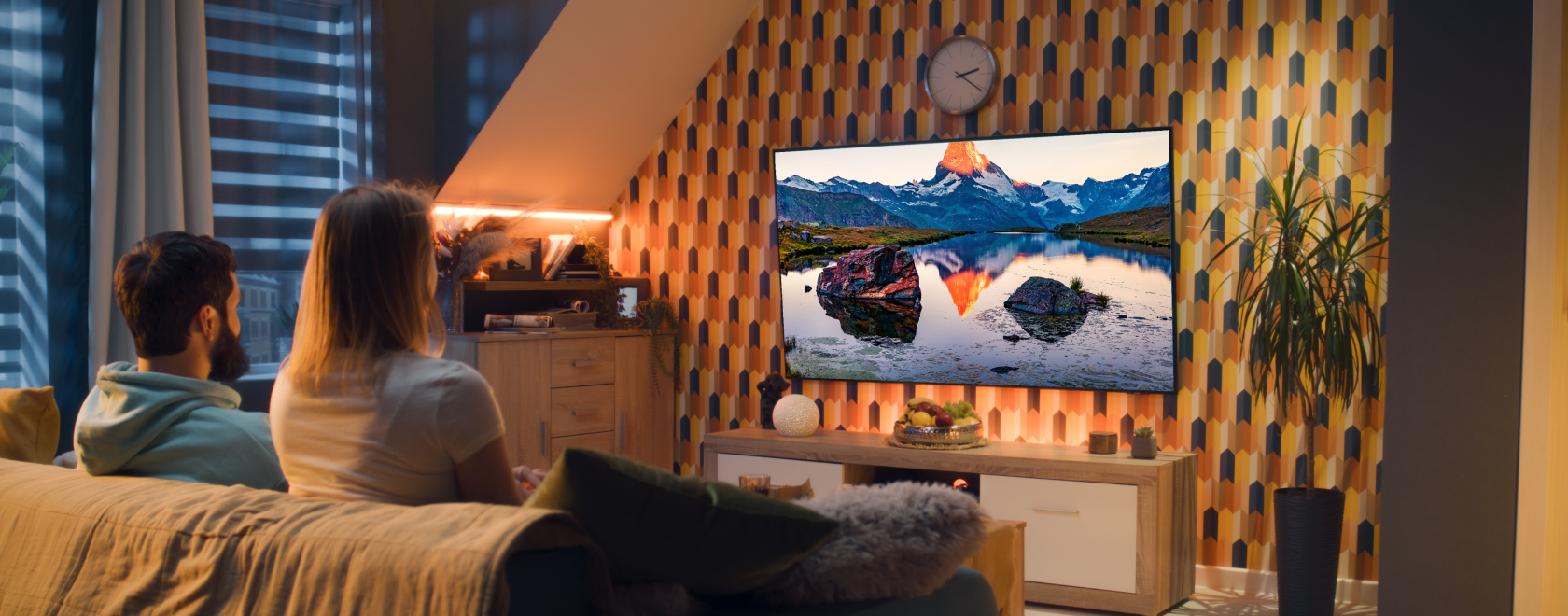4K resolution and HDR technology are gradually becoming the new standard for high quality IPTV. IPTV providers now offer entire packages of ultra HD streaming channels, and it’s hard to imagine live sports or movie premieres without enhanced dynamic range. Let’s break down the essential equipment and configuration needed to unlock the full potential of IPTV ultra-clear picture quality at home.
Internet Connection: Speed and Stability
The most important factor in 4K streaming is internet speed. For the HEVC codec (H.265), commonly used by IPTV services, you’ll need at least 25 Mbps per stream. If multiple screens are used simultaneously, it’s best to aim for 50 Mbps. Don’t just test during the day—check your bandwidth in prime time, when the network is under heavy load. On a plan offering “up to 100 Mbps,” actual evening speed may drop by half, causing buffering or pixelation.
Tip: Use Ethernet instead of Wi‑Fi. While a 5 GHz network can work, it only performs well under ideal signal conditions with minimal interference.
Set-Top Box or Smart TV: Support for 4K + HDR
Not every device with a 4K sticker guarantees a true IPTV setup for 4K streaming. To ensure your hardware delivers the promised resolution and quality, check the following set-top box specs or Smart TV parameters:
- HEVC codec (H.265) support is essential.
- HDR compatibility. Most IPTV broadcasts use HDR10 or HLG. If your TV only supports HDR10 but the channel uses HLG, the picture may look dull. More advanced formats like Dolby Vision offer better dynamic range and color depth.
- HDMI 2.0a/b (or newer) ports are required to transmit 4K at 60 Hz along with HDR metadata.
Most smart TVs made in the last four years already meet these criteria. Older models can be upgraded with an IPTV box with 4K HDR support or external Android media player.
The TV: Panel and Settings Matter
Even the best IPTV box won’t help if your screen can’t handle HDR. Check that your TV panel reaches peak brightness of at least 400–600 nits. This is critical for displaying vivid colors in HDR: without proper brightness, the image will appear flat. In settings, enable the “Enhanced Format” or “HDMI Ultra HD Deep Color” mode for the HDMI port; otherwise, the input may be limited to 8-bit SDR.
For sports channels or fast-paced movies, set your refresh rate to 60 Hz. If your box defaults to 24 Hz, motion may appear stuttered.
Player and Output Settings
Most IPTV players (like TiviMate, OTT Navigator, VLC) allow you to manually select screen resolution and bitrate. Choose “Auto (H.265)” or set output to screen resolution 3840×2160 if your provider doesn’t adjust streams dynamically. Enable hardware decoding for smoother playback, and reduce buffering to 3–5 seconds—this is sufficient for wired connections and reduces live broadcast delay.
Audio: Don’t Forget About Dolby Digital Plus
Many Ultra HD channels use Dolby Digital Plus or even Dolby Atmos. If you’re using a soundbar or AV receiver, ensure your IPTV box supports passthrough. Without it, audio quality will be downgraded to stereo.
To achieve ultra high definition at home, you need four key components:
- A stable connection with at least 25–30 Mbps — meeting bandwidth requirements
- A Smart TV or HDR-compatible IPTV devices with support for HEVC codec, HDR10, or HLG
- A screen with high peak brightness for accurate HDR rendering
- Proper output and playback settings in your IPTV player
By investing time into optimizing your equipment and connection, you’ll experience the true immersion of 4K streaming: fine detail, cinematic vivid colors, and brilliant highlights that bring home setup for HDR IPTV streaming closer than ever to the premium cinema experience.
